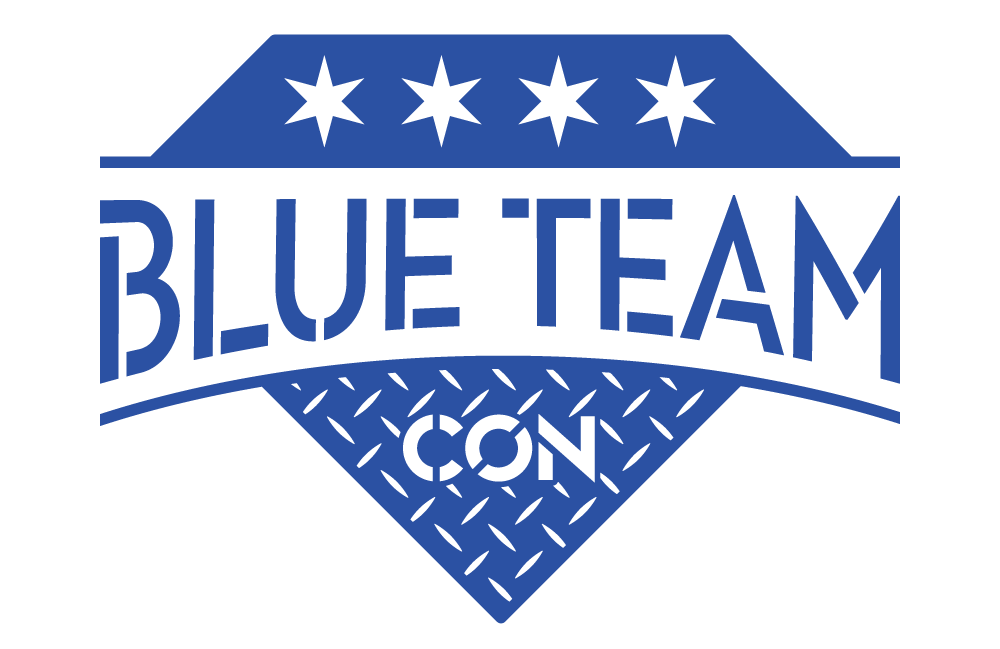The Fault in Our Metrics: Rethinking How We Measure Detection & Response
OVERVIEW
Your metrics are boring and dangerous. Recycled slides with meaningless counts of alerts, incidents, true and false positives… SNOOZE. Even worse, it’s motivating your team to distort the truth and subvert progress. This talk is your wake-up call to rethink your detection and response metrics.
Metrics tell a story. But before we can describe the effectiveness of our capabilities, our audience first needs to grasp what modern detection and response is and its value. So, how do we tell that story, especially to leadership with a limited amount of time?
Measurements help us get results. But if you’re advocating for faster response times, you might be encouraging your team to make hasty decisions that lead to increased risk. So, how do we find a set of measurements, both qualitative and quantitative, that incentivizes progress and serves as a north star to modern detection and response?
Metrics help shape decisions. But legacy methods of evaluating and reporting are preventing you from getting the support and funding you need to succeed. At the end of this talk, you’ll walk away with a practical framework for developing your own metrics, a new maturity model for measuring detection and response capabilities, data gathering techniques that tell a convincing story using micro-purple testing, and lots of visual examples of metrics that won’t put your audience to sleep.


